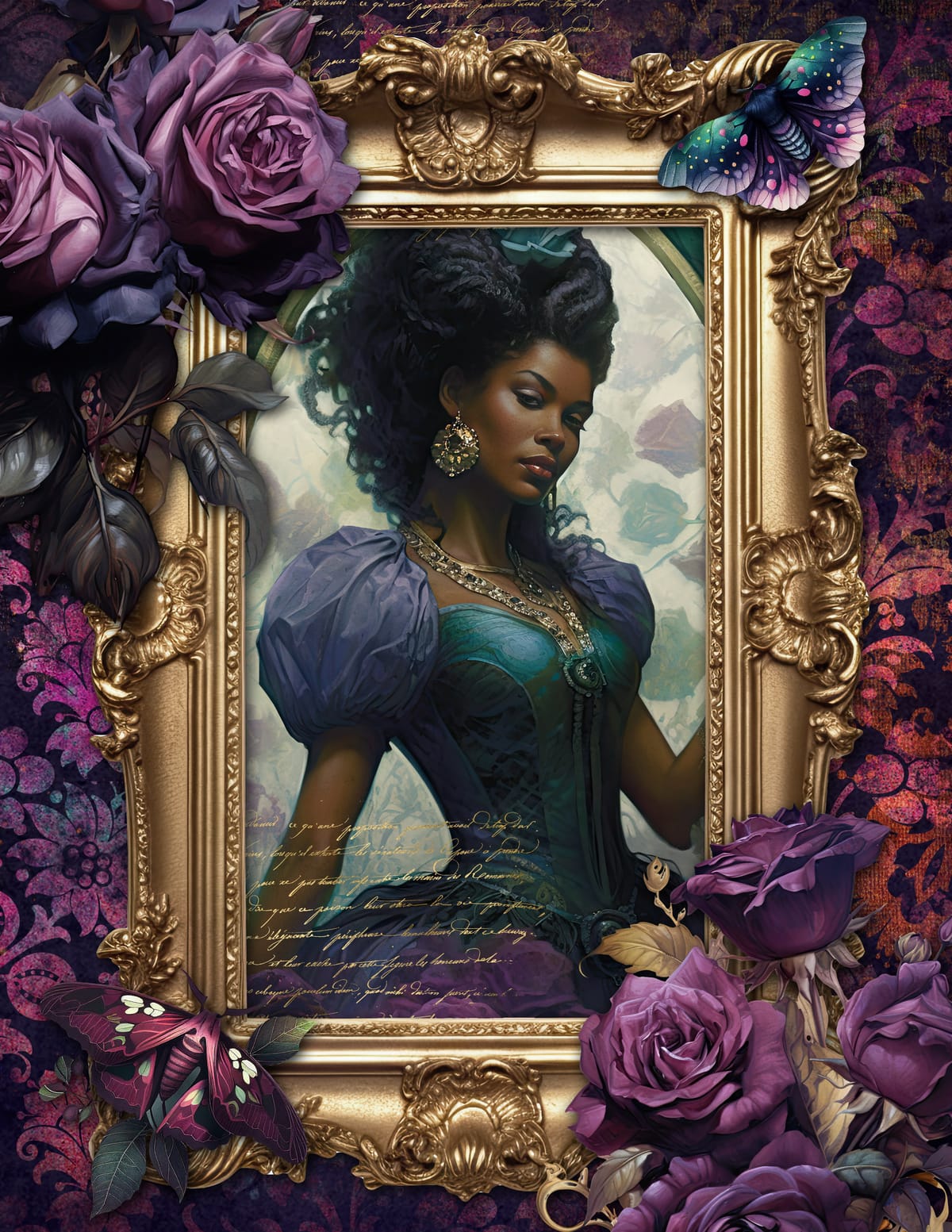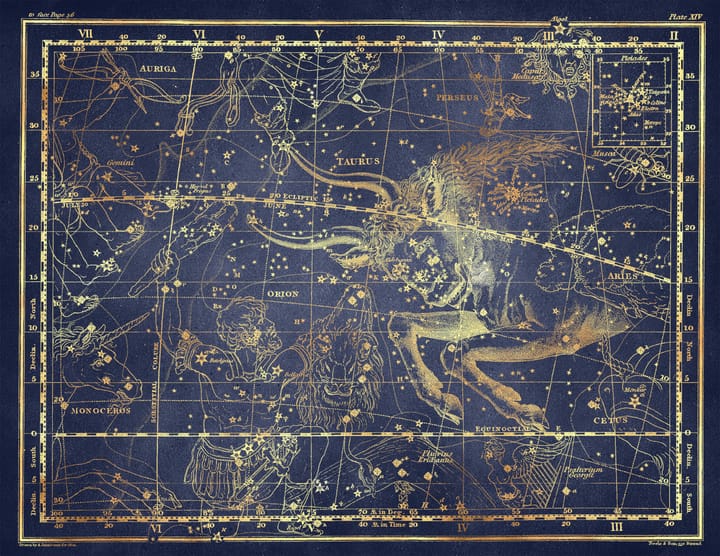What to Do When Your Personal Brand Outgrows You

There's particular kind of crisis that successful people rarely talk about: the moment when identity you've built so carefully begins to feel like prison.
You've done everything right. You claimed your territory. You built recognition. You became known for something specific. People seek you out because they know exactly what you offer.
And then something shifts.
Maybe you've grown beyond expertise that made your name. Maybe your interests have evolved. Maybe person you are now wants to do work that doesn't fit brand you built around who you were then.
The box you constructed to protect and elevate you starts to constrain you instead.
This isn't failure. It's evolution. But it requires navigation more delicate than initial brand-building, because now you have something to lose: the recognition and credibility you've spent years cultivating.
The Mythology of Identity
In Ovid's Metamorphoses, transformation is fundamental law of existence. Gods become mortals. Humans become trees, stars, animals. Identity is fluid, constantly becoming something other than what it was.
But transformation in myth isn't painless. Daphne becomes laurel tree to escape Apollo—saved but changed into something that can never run again. Actaeon becomes stag and is torn apart by his own hounds—transformation as tragedy.
The tension in every metamorphosis story is this: Can you become something new while retaining any essence of what you were? Is transformation evolution or death?
When your personal brand no longer fits who you're becoming, you face same question.
Why Brands Become Constraints
You built your personal brand on something specific. Perhaps particular methodology, niche expertise, strong stance on industry practices. This specificity made you memorable, findable, valuable.
But specificity that creates power also creates expectation.
Your audience knows you for one thing. They come to you for that thing. When you speak about that thing, they listen. When you venture outside it, engagement drops. The algorithm punishes deviation. Your inbox fills with confused messages: "I thought you were [X]—why are you talking about [Y]?"
The market loves categories. It wants to know where to file you. Brand strategist. Copywriter. Leadership coach. The label becomes your identity in others' minds, and deviating from it feels like betrayal.
Meanwhile, you're changing. Your expertise is deepening and expanding. Your interests are evolving. The work that excited you three years ago feels too small now. You're capable of more, interested in different problems, drawn toward new territories.
The person you've become doesn't fit comfortably in brand you built around who you were.
This gap creates tension. Do you honor your growth and risk confusing your audience? Or do you maintain your brand and risk suffocating your evolution?
The Archetypes of Outgrowing
There are several common patterns to how people outgrow their brands:
The Specialist Who Wants to Expand. You built your brand on deep expertise in one domain. You became go-to person for that specific thing. But your understanding has grown beyond that narrow focus. You see connections to adjacent fields. You want to tackle bigger, more complex problems that require synthesis across domains.
The tension: Your credibility lives in your specialization. Expanding risks diluting what makes you valuable.
The Practitioner Who Becomes Philosopher. You built your brand on practical, tactical expertise. How-to content. Frameworks and templates. Concrete solutions to specific problems. But you've moved beyond tactics to strategy, beyond strategy to philosophy. You're interested in deeper questions now—not just how to do something, but why we do it, what it means, how it connects to larger patterns of human behavior and culture.
The tension: Your audience came for practical answers. Philosophy feels abstract, less immediately useful. You risk losing them if you go too deep.
The Successful Practitioner Who Wants to Teach. You built your brand on doing the work—serving clients, executing projects, delivering results. You became known for your craft. But now you're more interested in teaching others how to do what you do than continuing to do it yourself. The meta-game fascinates you more than game itself.
The tension: People hire you because you do excellent work, not because you teach it. Pivoting to education can feel like downgrading from practitioner to theorist.
The Branded Individual Who Wants to Build Beyond Themselves. You are your brand. Your name, your face, your personality. But you're starting to resent limitations of brand that can't grow beyond your personal capacity. You want to build something larger, hire people, create systems. But your brand is so personal that delegation feels like dilution.
The tension: Your personal brand is your greatest asset and your biggest limitation. How do you scale what can't be separated from you?
The One-Note Expert Who Discovered Complexity. You built your brand on clear, strong position. You were known for one approach, one methodology, one perspective. It worked brilliantly. But as you've grown, you've realized world is more complex than your original position acknowledged. Your thinking has nuanced. Your certainty has evolved into curiosity.
The tension: Your brand is built on clarity and certainty. Nuance feels like weakness or confusion to audience that came to you for answers.
The Pivot Versus the Evolution
When your brand no longer fits, you have two fundamental options: pivot or evolve.
A pivot is discontinuous. You leave one territory and claim another. The copywriter becomes brand strategist. The leadership coach becomes executive recruiter. The change is significant enough that you're essentially building new brand, even if you carry your reputation forward.
Pivots are faster but riskier. You abandon accumulated equity in one domain to start building credibility in another. Some of your audience follows you. Many don't. You accept this as cost of transformation.
Evolution is continuous. You expand your brand's territory while maintaining connection to your origin. The brand strategist who starts teaching philosophy of branding. The copywriter who expands into positioning. The coach who builds frameworks for organizational transformation.
Evolution is slower but safer. You don't abandon your foundation—you build on it. You take your audience with you, gradually introducing new ideas while honoring what they originally came to you for.
Neither approach is inherently superior. Right choice depends on how far you've drifted from your original brand and whether gap can be bridged or requires leap.
Strategies for Successful Evolution
If you choose evolution—expanding your brand while maintaining continuity—these strategies help navigate transition:
Bridge your past and future explicitly. Don't leave your audience to guess how your new interests connect to what they know you for. Build bridges verbally. "My work in [original domain] taught me [insight], which led me to explore [new domain]." Show throughline.
Maria Popova evolved The Marginalian from book reviews to wide-ranging cultural commentary by consistently demonstrating how everything connects. Each expansion felt natural because she showed her thinking, not just her conclusions.
Introduce new territory gradually. Don't abandon your core offering overnight to talk exclusively about your new interests. Mix old and new. Let your audience acclimate to expansion before making it majority of your content.
Start with occasional forays into new territory. Gauge reception. Increase frequency as your audience adjusts. Evolution works best when people don't notice they're being led somewhere new until they're already there.
Frame expansion as depth, not departure. Position your new interests as going deeper into your original domain rather than leaving it. "I've been working in [X] for years, and that work keeps leading me to these bigger questions about [Y]."
This reframing helps your audience see evolution as mastery rather than distraction. You're not leaving your lane; you're discovering your lane was always wider than anyone realized.
Bring your audience with you through education. If you want to talk about more complex, philosophical, or abstract territory, you may need to educate your audience to meet you there. Teach frameworks that make your new work comprehensible. Share books and ideas that shaped your evolution.
Don't assume people will instantly understand why you're interested in what you're interested in. Show them what you're seeing. Make them co-discoverers rather than passive observers of your journey.
This is what I do when I talk about fantasy as essential for critical thinking, or worldbuilding as architecture for engagement. I'm teaching you my frameworks so you can understand why branding and mythology and literature all connect.
Create distinct offerings for different aspects of your work. You can maintain your core business (the work people know you for) while building new offerings that reflect your evolution. Different programs, different writing projects, different speaking topics.
This allows you to serve your existing audience while cultivating new one. Eventually, new work may dwarf old. But you don't have to force either/or choice prematurely.
Use your origin story as through-line. Your origin story—why you started this work in first place—can often accommodate more than your current positioning does. Return to first principles. Why did you begin this journey? What were you ultimately trying to understand or achieve?
Often, deepest version of your "why" is broad enough to encompass both where you've been and where you're going.
Strategies for Successful Pivots
If gap between your current brand and where you're headed is too wide for evolution, you may need pivot—more decisive break with your past positioning.
Announce the change clearly. Don't try to pivot quietly. Your audience will notice anyway, and confusion will hurt more than transparency. Name what you're doing. "I've spent [X years] focused on [old domain]. That work led me to [insight], and I'm now focusing on [new domain]."
Clarity creates permission. People may not follow you to your new territory, but they'll respect honesty and remember you as someone with integrity.
Leverage your transferable equity. Even when pivoting, you carry forward certain assets: your reputation for quality, your communication skills, your work ethic, your relationships. These transfer across domains.
Emphasize what remains constant rather than only what's changing. "I'm changing what I'm doing, but way I approach problems—[your distinctive methodology or values]—remains same."
Give your existing audience something. Before you pivot, create something valuable for people who came to you for your old work. Comprehensive resource. Final deep-dive. Recommendation for who they should work with instead.
This honors relationship you built and increases chance they'll stay connected even if they don't follow you to new territory. It also demonstrates respect rather than abandonment.
Build the new before fully leaving the old. If possible, start establishing credibility in your new domain while still maintaining your old brand. Write about new territory. Offer pilot programs. Test whether there's appetite for what you want to do next.
This reduces risk. You're not leaping into void—you're building bridge you can cross when ready.
Accept that you'll start over in some ways. When you pivot significantly, you lose some accumulated credibility. People who trusted you as expert in [X] may not automatically trust you in [Y]. You'll need to prove yourself again.
This is painful but freeing. You get to build something new with everything you've learned from building your first brand. Most second acts are better than first acts because you know what you're doing now.
When to Fight for Your Current Brand
Before you change anything, ask yourself: Is problem actually your brand, or is it something else?
Sometimes what feels like outgrowing your brand is actually:
Boredom with your own marketing. You're tired of talking about your work in same way. But your audience isn't tired of hearing it—they're just encountering it. Solution isn't changing your brand; it's finding new angles on your existing territory.
Imposter syndrome at new level. As you gain expertise, you become aware of how much you don't know. This can create desire to escape to new domain where you're beginner again and uncertainty feels normal. But running from mastery isn't growth.
Desire for novelty. Humans crave novelty. After years focusing on one thing, new territories look appealing simply because they're different. But novelty isn't same as evolution. Make sure you're moving toward something, not just away from boredom.
Market feedback that isn't actually accurate. Few people questioning your new direction doesn't mean everyone is confused. Confirmation bias makes us overweight negative feedback. Most of your audience may be fine with your evolution—you're just noticing objections more.
If your desire to change comes from any of these, answer isn't rebranding. It's finding renewal within your current brand or working through psychological block that's making you want to flee.
The Meta-Brand That Holds Everything
The most durable personal brands aren't built on specific expertise or offerings. They're built on coherent values, distinctive perspectives, and consistent ways of seeing world.
Seth Godin writes about marketing, tribes, connection, change. Specific subjects vary. The lens—questioning status quo, championing remarkable, making things better—remains constant. His meta-brand is lens, not subject matter.
Maria Popova writes about art, science, literature, philosophy, psychology. Throughline isn't subject—it's her way of seeing connections, her commitment to depth, her belief that all knowledge is interconnected.
When your brand is built on your way of seeing rather than what you're looking at, you have freedom to evolve. You can explore new territories without breaking continuity because continuity lives in your perspective, not your subject matter.
This is what I mean by worldbuilding. You're creating cosmos with its own logic, its own aesthetic, its own internal coherence. The subjects you explore can vary, but they all exist within world you've built.
The Permission to Change
In myth, transformation often requires death—of old self, old identity, old way of being. The caterpillar must dissolve completely before butterfly emerges. The hero must venture into darkness before returning transformed.
Outgrowing your personal brand is kind of death. The identity you've inhabited, that's served you well, that people recognize and value—you're leaving it behind. Even when new identity promises to be richer, larger, more aligned with who you're becoming, loss is real.
You're allowed to grieve what you're leaving while moving toward what's next.
You're allowed to be uncertain about whether this change is evolution or mistake.
You're allowed to move slowly, to test new territory before fully committing, to keep one foot in familiar ground while exploring unknown.
You're also allowed to leap. To trust that person you're becoming knows what she needs better than brand you built around who you were.
The only thing you're not allowed to do is stay frozen in brand that no longer fits because you're afraid of losing what you've built.
Everything you've created proved you can build something valuable. If this brand no longer serves you, you can build another. And another after that if needed.
You're not your brand. You're person who creates brands. And that person is still evolving.
Navigating brand evolution or contemplating pivot? Join my mailing list for frameworks, case studies, and guidance on growing beyond your current brand without losing everything you've built.




